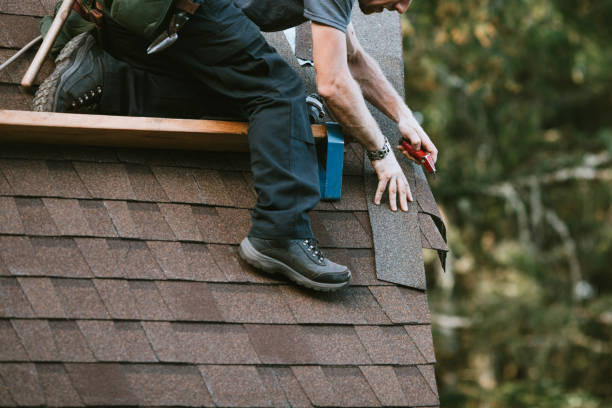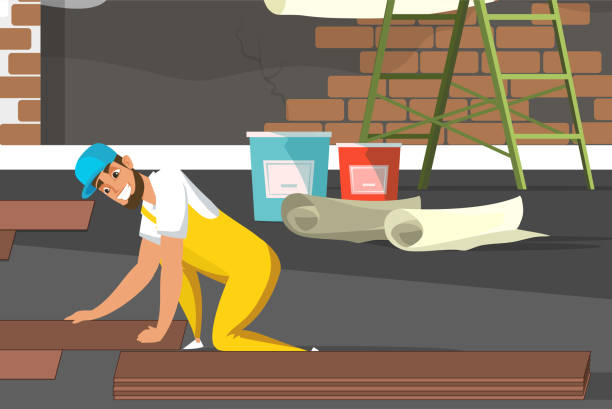The Importance of a Roof Maintenance Checklist

Keeping a roof maintenance checklist is a good idea to ensure the safety and longevity of your roof. It can help you prevent problems such as moss, lichen, and algae growth. It can also help you to spot any problems such as leaks in your ceiling or attic.
Keep a record of everyone who goes onto the roof
Keeping a record of everyone who makes it to the roof is a smart move. Not everyone feels safe up there, and there are plenty of risks to consider. A little hazard mitigation can go a long way, not to mention a few well placed warnings.
While it’s not going to be your next shindig, a well thought out roof maintenance program is an excellent way to keep your assets protected and your employees happy. The right equipment and a little TLC go a long way towards ensuring the best possible ROI. In particular, it’s the right kind of training that will keep your employees safe, happy and motivated. https://safetyculture.com/topics/roof-safety/
Inspect trusses and beams for signs of structural stress
Taking the time to inspect trusses and beams for signs of structural stress can prove to be invaluable. This can help you to keep your home in tip top shape and avoid costly repairs down the road.
A structural engineer can help to identify the cause of a problem. They can also advise you on the best way to repair it. These experts can also provide a second opinion on storm damage.
The roof maintenance checklist should include items that are obvious to most people. These include checking for shingles that have fallen apart, drooping pipes, missing rail posts and other rooftop components that need a good cleaning.
Inspect ceilings and attic for leaks
Detecting leaks on a roof can save you thousands of dollars in roof repairs. It can also protect your walls and foundation. If you’re unsure of how to diagnose leaks on your roof, you may want to contact a professional.
There are several signs you can look for that may indicate a leak. These include stains on the ceiling and on the wood of the roof. You may also see water damage or mold. A musty smell in the attic may also indicate a leak. Mold can cause airborne illnesses and exacerbate allergies. If you see mold, you should consider hiring a professional.
Usually, you will see leaks when the roof is wet. If the water is seeping through, you will notice stains on the wood and on the ceiling. You can also see water seeping through a shingle, which can damage the structure of your home.
Seal vents, walls, and protrusions
Having a roof is one thing, but keeping it free of rot and weather damage is another. The first thing you should do is to read up on the various roofing material types and their respective advantages and disadvantages. It’s also a good idea to read up on how the various roofing material types compare to other types. This will help you sift the good roofing material from the bad and the bad. You should also learn the difference between wood and metal roofing. It’s also a good idea, if you haven’t already, to snag a roof evaluation from a qualified professional before a major catastrophe strikes.
Insulate your attic
Whether you’re looking to sell your home or simply want to stay comfortable, adding insulation to your attic is a great way to save money on heating and cooling costs. In addition, energy efficiency can increase your home’s value.
If your home has an unfinished attic, it’s a good idea to insulate between the rafters. You can do this with blown-in (cellulose) insulation or fiberglass. Fiberglass is a good choice because it’s naturally fire-resistant and it blocks sound transmission.
If you’re installing fiberglass insulation, you’ll want to be sure that it’s well-sealed against air leaks. You can use a vapor barrier or 6-mil polyethylene sheeting.
Prevent moss, lichen, and algae growth
Keeping your roof clean and free of moss, lichen, and algae is vital to the look of your home and the quality of your roofing. It’s also an important safety measure. Not only can water leak into your home, it can also damage the roof structure. Fortunately, it’s simple to prevent moss, lichen, and algae growth on your roof.
There are a number of common household products you can use to kill moss. Vinegar is a natural weed killer that’s environmentally friendly. You can also use baking soda, ammonia, or chlorine bleach to kill moss. Using these products can be very effective. However, these products should be used with caution.




